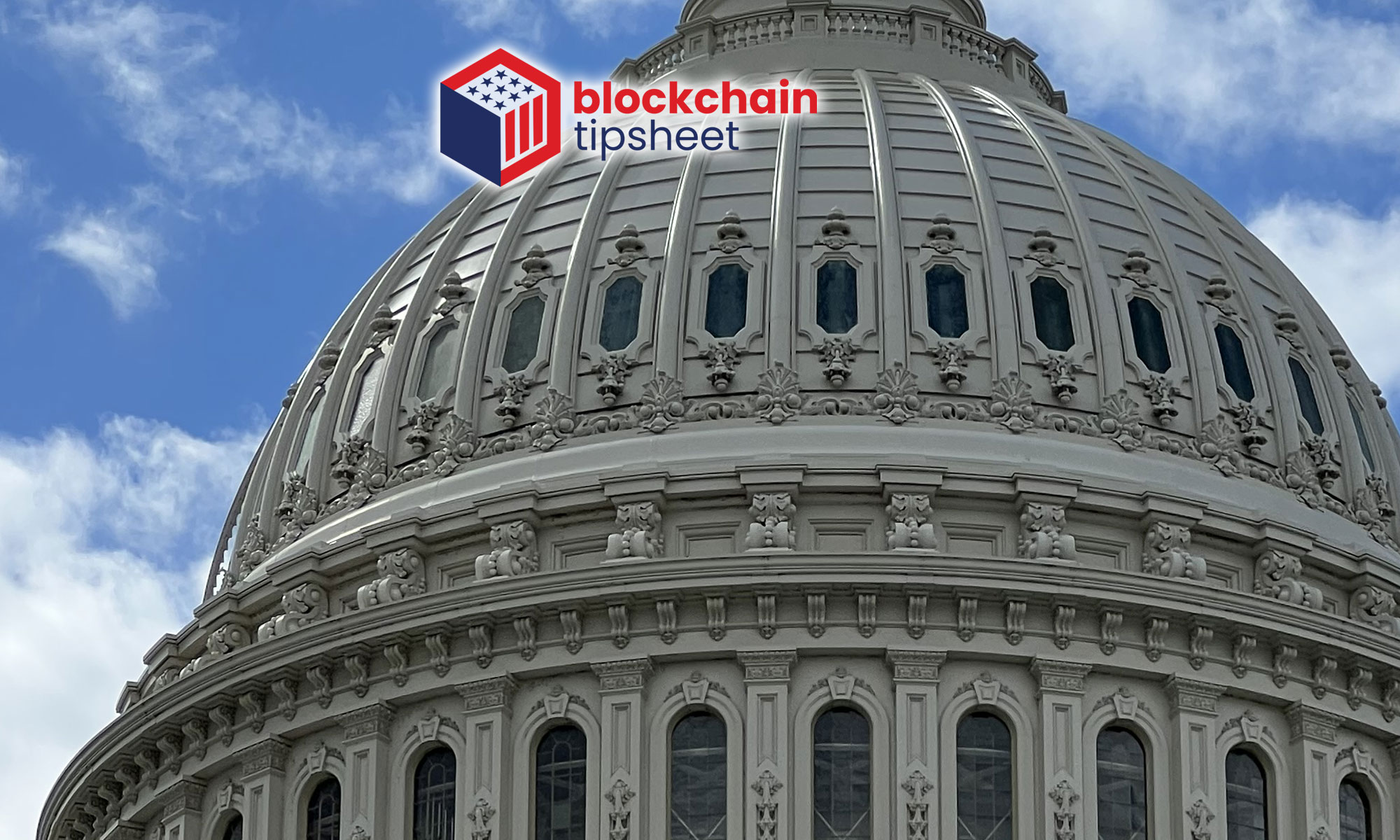The Federal Reserve added its fingerprints to DC Fintech Week as the recently appointed Michael Barr, Vice Chair for Supervision of the Board of Governors at the Federal Reserve, presented a policy address titled “Managing the Promise and Risk of Financial Innovation.”
Get the transcript of Barr’s speech on the Fed’s website.
Barr began by recognizing the broad umbrella of fintech – without mentioning crypto – saying that financial innovation can positively grow the financial system, serve consumers more efficiently and better address underserved communities.
Unsurprisingly, he believed the fintech roadmap ahead included regulation:
“I would note with some humility that striking the right balance between creating an enabling environment that supports innovation and managing related risks to businesses, households, and the stability of the financial system is no easy task. When regulations are too prescriptive or regulators too cautious, they run the risk of stifling innovation and locking in the market power of dominant participants in ways that can raise costs and limit access. When regulation is lax or behind the curve, it can facilitate risk-taking and a race to the bottom that puts consumers, businesses, and the economy in danger and discredits new products and services with consumers and investors.”
Barr then re-iterated crypto themes of fraud, manipulation and money laundering and made clear that oversight was necessary both inside and outside banks.
Outlining the oversight committee, he said that the Federal Reserve Board of Governors was working with the Office of the Comptroller of the Currency (OCC) and the Federal Deposit Insurance Corporation (FDIC) “to ensure that crypto-asset-related activities banks may become involved in are well regulated and supervised, to protect both customers and the financial system.”
He emphasized that the oversight regime didn’t mean to “discourage banks from providing access to banking products and services to businesses associated with crypto-assets.” Perhaps this will increasingly assuage concerns coming from institutional investors who have moved slowly with digital asset investment due to a lack of approved government guardrails for the new crypto ecosystem.
So regulation needed; and oversight already happening.
Stablecoins
Barr saw particular risk and, therefore, need for regulation with stablecoins.
First, the name “stablecoin” appears to cause issues by not being so stable and is privately issued money. He said that stablecoins linked to the dollar – such as Circle’s USDC or Tether – are of particular interest to the Federal Reserve in that they borrow the trust the US dollar represents. Consequently, he believed the Fed needs “a strong federal prudential framework” for stablecoins – again another call to Congress for legislation that may be coming from members such as Rep. Patrick McHenry (R, NC) and Rep. Maxine Waters (D, CA) on the House Financial Services Committee.
(Later in the day, Rep. McHenry provided an update to the DC Fintech Week audience saying what he’s said before – no bill imminent given fall elections and limited days remaining in current session of Congress. But, McHenry described the bill as an “ugly baby” at this stage and said that stablecoin definitions have been agreed upon while agency oversight and other unnamed issues brought by the Biden Administration have slowed things down.)
Stablecoins version 2: tokenizing bank liabilities
The Fed also saw banks potentially entering the stablecoin space with their own dollar-denominated tokens using blockchain tech according to Barr. (Why wouldn’t a JP Morgan or Citi create such a crypto product if clear regulation is in place?)
He added today’s proposals from banks on the stablecoin front “range from issuance of tokens on private, controlled networks to facilitate payments within or among banks, to proposals that explore issuance of freely circulating tokens on open, permissionless networks.”
Resembling the SEC’s request of crypto companies producing tokenized assets to come into the SEC and chat about what they’re doing, Barr asked banks to keep the Fed posted as they experiment so that the benefits and risks can be understood – as well as legalities.
Data
The vast amounts of data being created by the digitization of the financial system also created challenges/opportunities according to Barr. He noted Australia, Britain, and the European Union’s regulatory approaches which uses open banking and “built upon the concepts of consumer data rights, data privacy, and competition.”
He said Section 1033 of the Dodd-Frank Wall Street Reform and Consumer Protection Act is the U.S. answer to open banking and he believed this could enhance “consumer autonomy, competition for financial services, and provide easier portability of account information from bank to bank as well as nonbank providers.” As data filters across countries, where data is located and who has access to it is becoming an increasingly hot button issue.
Payments and CBDCs
FedNow Service, a new platform for digital payments, will see a launch between May and July next year according to Barr and he made it sound like reasons people may want to use crypto by lowering costs and extend access. FedNow claims to also improve security for consumers and the financial system.
As for Central Bank Digital Currencies (CBDCs), he said that the Federal Reserve has not made any decisions about whether to issue a CBDC, and will need support from Congress and the Biden Administration.
He stressed what many have said before and will say again – it’s time for regulatory guardrails.

